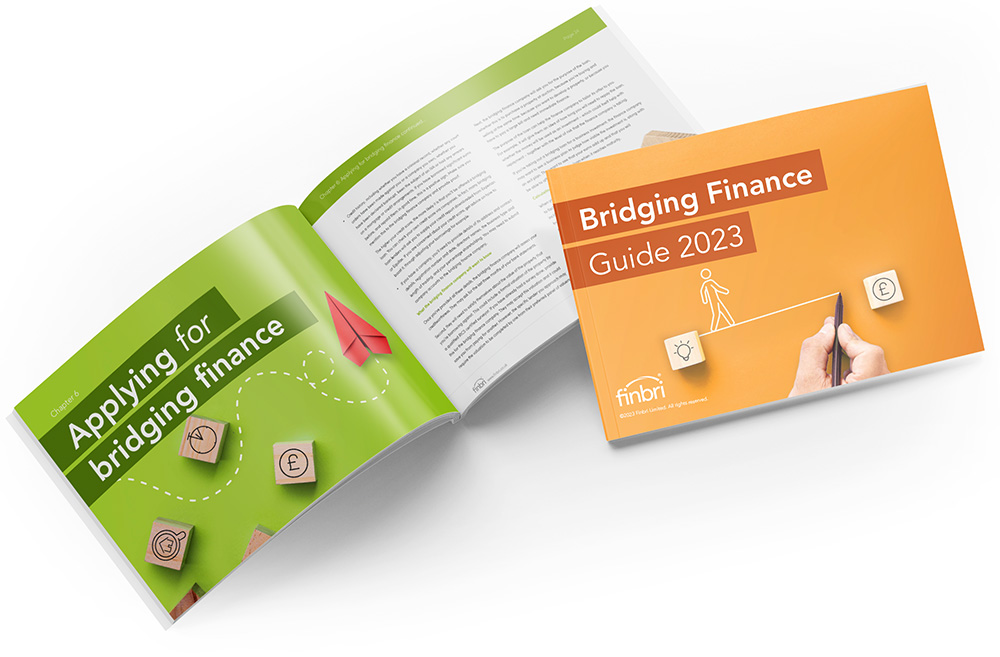A guide to bridging finance
Up until the late 20th century, property ownership was restricted to a minority of the British population. In 1914, only 15 per cent of the country owned their own homes, rising to 32 per cent by 1938 and then reaching 67 per cent in 1996.

The concept of property investment took even longer to evolve, with the practice only becoming widespread in the late 1990s and 21 st century as financing became available and government regulations encouraged greater investment in real estate. Today we are in the middle of a further evolution of the property market, with bridging finance playing a crucial role. Traditional banks and building societies still account for the lion’s share of homeowner finance, but their appetite for lending appears stuck in an earlier generation.
When an individual buyer or investor has verifiable property assets worth over £1 million, why should they be restricted from borrowing a set multiple of their salary, which could add up to little more than £100,000?
It makes perfect sense for investors to be able to borrow against their assets, in order to spur economic growth, release properties for productive use and generate income which benefits society as a whole.
In this way, bridging finance is performing a highly constructive economic function. As we demonstrate in this guide, the range of uses to which bridging finance can be put is rapidly widening. No longer confined to property chain rescues, it helps individuals and businesses to take advantage of investment opportunities, convert commercial properties to residential use, pay urgent bills and secure retirement homes.
We hope you find this comprehensive guide helpful and enlightening.
Free Bridging Finance Guide Download
Bridging finance guide chapters
- What is bridging finance?
- Why use bridging finance?
- Pros and cons of bridging
- Characteristics of bridging finance
- How and when to use bridging finance
- Applying for a bridging loan
- Reasons for using a broker
- The future of bridging finance
Download our free bridging finance guide below.





